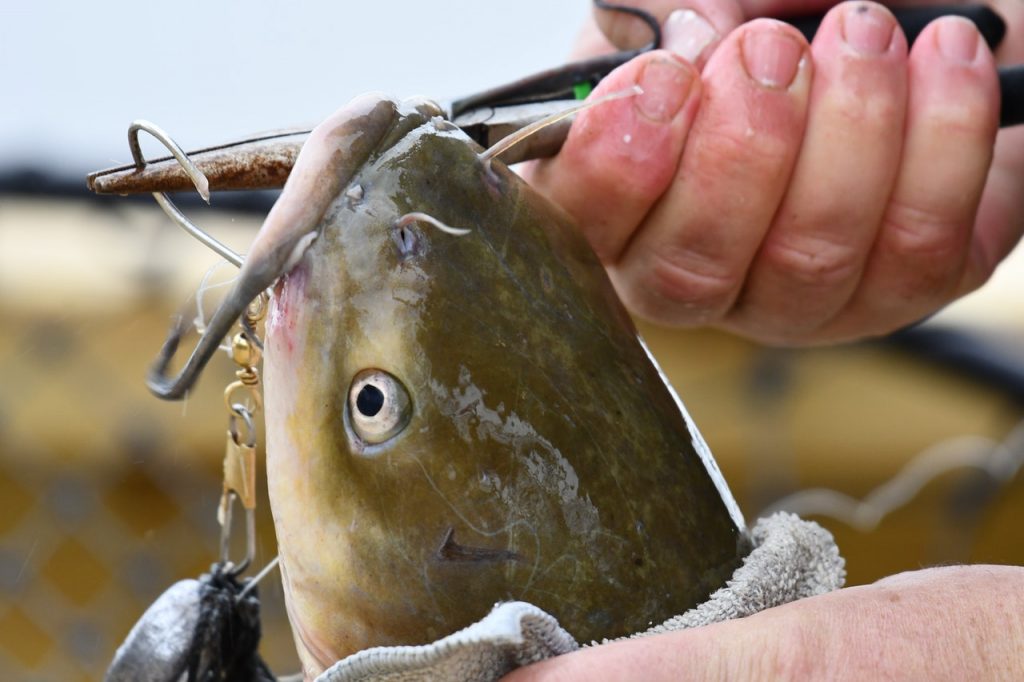Lifestyle
Ex-hog raiser finds bigger profit in catfish farming

MANILA – A former hog raiser in Nueva Ecija has generated big savings on feeds since she shifted to catfish (hito) farming when the Covid-19 pandemic began.
For 20 years, Noemi Mata tended to pigs, which cost her PHP3,000 on three sacks of commercial feeds per week before her shift.
She spends PHP4,350 per five sacks of commercial feeds for three months in catfish farming.
“Maganda po ang hito kaya ‘yun na po ang aming negosyo ngayon. Sa ngayon ‘yung kinita namin ay ipagpapagawa ulit namin ng kulungan. Ito nga inumpisahan na po namin at hindi na kulangan ng baboy, kulungan na po ng hito (Catfish farming has been good, so it is our business now. Currently, we are utilizing the profit we got from fish farming to construct another pen. These new pens are not for hogs anymore, but for catfish),” she said in a Facebook post shared by the Bureau of Fisheries and Aquatic Resources (BFAR) on Tuesday.
BFAR, through the National Freshwater Fisheries Technology Center (NFFTC), seeks to help small-scale hog farmers convert unutilized and empty concrete pigpens into productive fish tanks.
Mata ventured into aquaculture through the assistance of NFFTC, which similarly helps mitigate the negative effects of African swine fever on food security.
Last year, BFAR partnered with local government units to distribute 60 units of urban aquaculture support system in Quezon City.
On Tuesday, Agriculture Undersecretary for Agri-industrialization and Fisheries, Cheryl Marie Natividad-Caballero, shared that they are conducting an onsite inspection in Northern Mindanao along with BFAR Field Office 10.
“We are discussing the Balingasag Mariculture [in Misamis Oriental] project with BFAR 10 and local investors. [We are] looking at scalable models and inclusive partnership to propel developmental projects to propel the fishing industry under the OneDA platform,” she said in an interview.
Mariculture parks are the seaside equivalent of industrial estates.





















